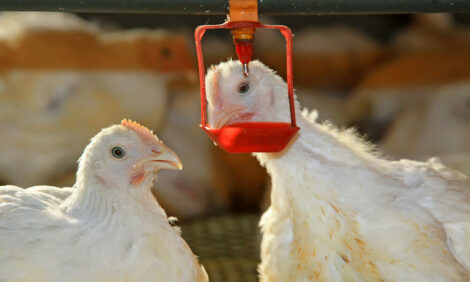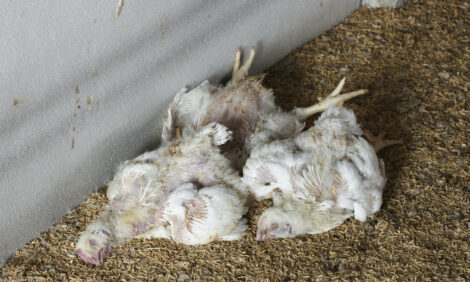



Fort Recovery Equity Starts Producing Cage-Free Eggs
US - The 13,000 hens roam the barn floor, spread their wings and duck into nest boxes covered by red plastic flaps to provide a dark area that encourages egg-laying.Three months earlier, the same barn housed nearly four times as many chickens, but they were confined to small wire cages stacked on top of each other
Egg farms are increasing their production of cage-free eggs, spending hundreds of thousands of dollars to convert barns by tearing out cages, installing new floors, reconfiguring feed and water lines, and changing ventilation systems.
"It's a growing market," said Jerry Knapke, operations manager for Fort Recovery Equity, the nation's ninth-largest egg producer. "We see a slow, steady growth."
Knapke doesn't expect cage-free to ever make up the majority of eggs produced in the U.S. However, he projects that 5 percent of the 6.5 million birds raised by the company's 60 contract farms will be cage-free within the next six months.
United Egg Producers estimates that 5 percent of U.S. egg production is either cage-free or organic, up from 2 percent three years ago. Organic eggs are produced by cage-free chickens that have access to the outdoors and are fed only organic feed.
Burger King began asking its suppliers for cage-free eggs in March and hopes they account for at least 2 percent of the restaurant chain's egg volume by the end of the year. The Hardee's and Carl's Jr. fast-food chains said in September they would begin buying cage-free eggs and planned to have them account for 2 percent of their egg purchases by July.









